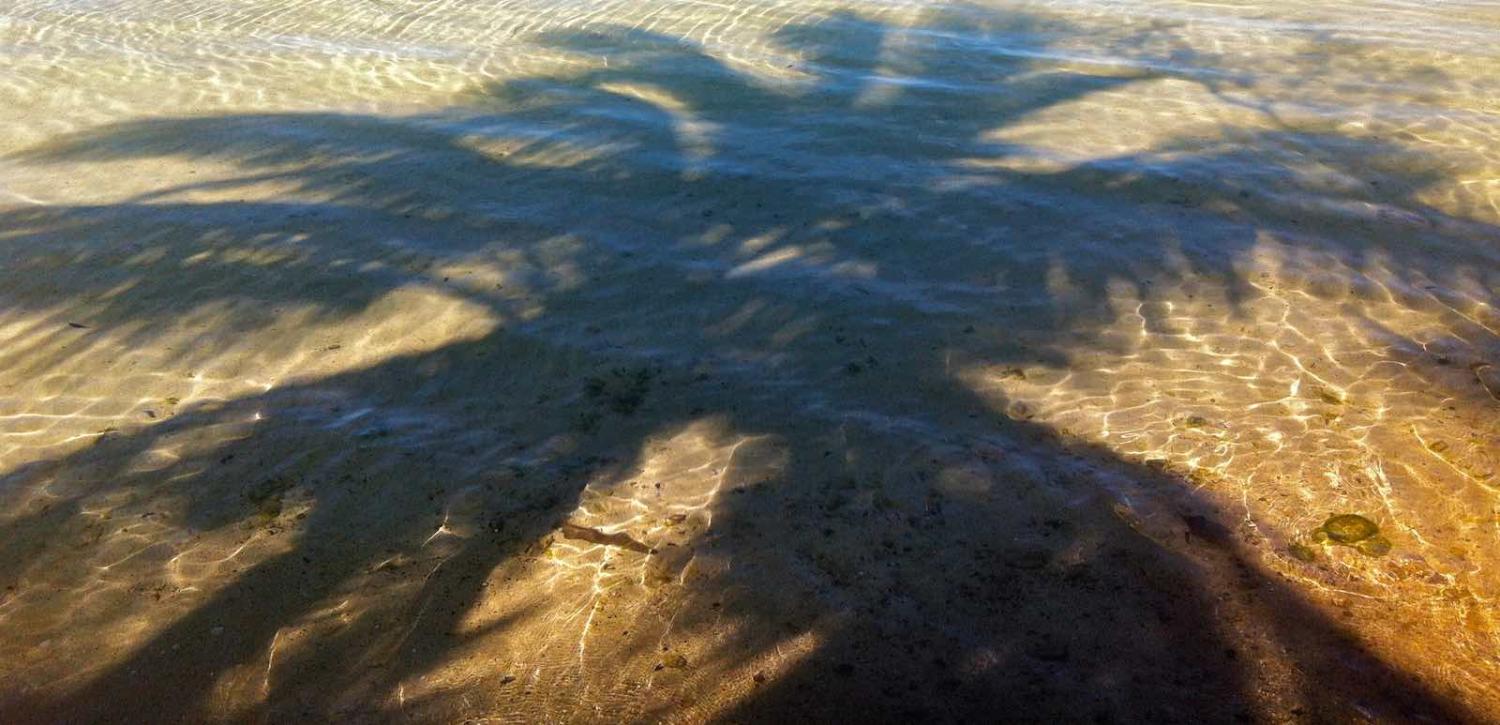The recent release of the Lowy Institute’s Pacific Aid Map has relieved some “strategic anxiety” around China’s growing influence in the Pacific islands. Beijing committed only 8% of total aid to the region between 2011 and 2018.
If we want to live in a more peaceful world, where disputes are settled peacefully, the key is to put our energies into activities that align with this vision.
Realising that China’s place in the Pacific has been overstated has added weight to the voices of Pacific islands leaders attempting to alleviate fears held by Australia and New Zealand that China is a security threat to the region. This could open doors to collaboration with China on tackling climate change in the Pacific, where rising seas and extreme weather events will compound exiting development concerns and pose an “existential” threat to lower lying islands.
China’s climate aid pool is sizable: the South-South Cooperation Climate Change Fund holds US$3 billion, and President Xi Jinping has committed to providing 10 low-carbon industrial parks, 100 mitigation and adaption programs, and 1000 climate change training initiatives to developing countries.
Where Australia and New Zealand could potentially collaborate is highlighted in a recent UNDP report on China’s development aid in the Pacific, which identifies climate change as a fruitful area for trilateral cooperation (the implementation of aid projects involving a traditional donor and emerging donor, such as China, in a developing country).
This recommendation is based on the logic of combining respective strengths. China, aside from having access to vast wealth, has technical know-how in renewable energy production, and climate change mitigation and adaption. New Zealand and Australia have expertise in climate change adaption and resilience, but less experience with mitigation. These traditional donors also have knowledge of international best practices for aid delivery, including project oversight, the use of building standards, evaluation, and maintenance.
Chinese development aid officials are open to learning from experience with best practice, which would likely improve the robustness and sustainability of Chinese aid projects. This is in the interests not only of Pacific island countries, but also China’s image as a responsible global citizen: an important ingredient of the Chinese Communist Party’s efforts to minimise the rhetoric of “threat” associated with its rise. For this reason, China’s National Plan to implement the Sustainable Development Goals seeks to increase trilateral aid cooperation.
Yet despite this willingness, there are reasons to fear such collaboration will not transpire.
Australia and New Zealand’s renewed interest in the Pacific islands is not wholly benevolent. Both countries hope to “counter growing competition and influence” in what is now referred to as a “contested strategic space”. The words “competition” and “contested” do not bode well for cooperation.
And while the information contained in the Pacific Aid Map has eased some anxiety, geopolitical tension remains. New Zealand Foreign Minister Winston Peters has said he does not agree with the Institute’s analysis that China’s presence in the Pacific has been overstated, while Australian Foreign Minister Julie Bishop remains concerned about the use of Chinese soft loans, accused of saddling small Pacific island counties with unsustainable debt.
Another barrier to collaboration is New Zealand’s first attempt at trilateral cooperation with China. The Te Mato Vai water mains project in the Cook Islands has not gone smoothly and has been beset by “big problems”. While the source of the trouble has not yet been disclosed, the blame appears to lie with China Civil Engineering Construction Corporation, contracted to undertake phase one of the project.
Rather than providing a rationale for not working with China, the failure of Chinese companies to deliver is one reason why New Zealand and Australia should persevere with cooperation. If their strengths – especially the use of best practices for aid delivery – can improve Chinese aid project outcomes, developing climate resilience among Pacific island countries is a more foreseeable goal.
This is the type of thinking that underlies Cook Islands Prime Minister Henry Puna’s call for greater partnership between New Zealand and China and statement that despite challenges, “working though … differences is critical”. The establishment of China’s new aid agency is likely to facilitate Puna’s wish, as it will see the main driver of aid shift from individual companies seeking profit to China’s diplomatic interests.
Another reason to collaborate is a recognition of practical reality. Pacific islands leaders want China’s aid, but China is unlikely to exit the Pacific anytime soon. This being so, how New Zealand and Australia react to China’s continued rise in the Pacific will have important implications for whether it evolves into a region of partnership and consensus, rather than one of contest and competition, as implied by the “balancing” outlined by recent military strategy documents from Australia and New Zealand.
Yet protecting Australian and New Zealand “values” does not require militarisation. If we want to live in a more peaceful world, where disputes are settled peacefully, the key is to put our energies into activities that align with this vision. Collaborating with China to tackle climate change in the Pacific is a good first step, as this is an issue on which all parties agree requires urgent action.
China’s rise in the Pacific presents an opportunity not only for its island nations to tackle climate change, but also for New Zealand and Australia to take a strong independent foreign policy consistent with the ethos of collaboration, cooperation, and dialogue underlying the rules-based order.
It may be difficult process, involving patience and compromise, but if it generates understanding, greater transparency, and the further integration of China into internationally accepted standards of development assistance, it will pave the way to cooperation on more sensitive issues.


